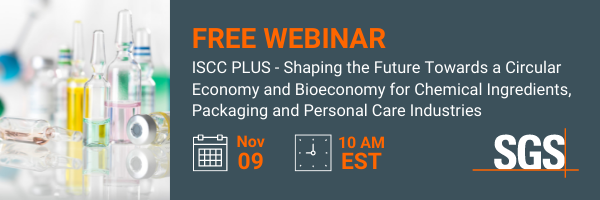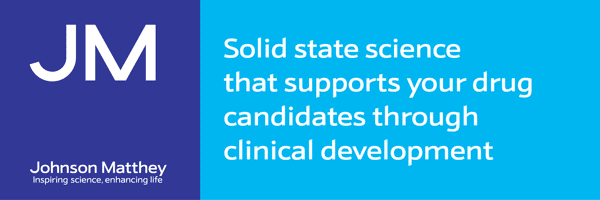Regulations & EHS&S
European chemicals regulations for non-EU companies 27th July 2018
By Dr Alex Paul, Principal – Chemical Regulatory Services at Yordas Group
Dr Alex Paul, Principal – Chemical Regulatory Services at Yordas Group, outlines the many implications of European chemicals reg
Dr Alex Paul, Principal – Chemical Regulatory Services at Yordas Group, outlines the many implications of European chemicals regulations for non-EU companies wishing to access new markets, with a focus on REACH and BPR governing the import, manufacture and use of chemicals in Europe.
Registration, Evaluation, Authorisation and restriction of Chemicals (REACH) and Biocidal Products Regulation (BPR) potentially have significant cost implications for non-EU companies wishing to open up or access European supply chains. REACH ((EC) No 1907/2006) concerns general chemicals, while BPR ((EU) 528/2012) focuses more specifically on biocidal active substances and products.
REACH requires non-EU companies wishing to place more than 1 tonne per year (tpa) on the European market to appoint an only representative or utilize their EU subsidiary to register the substance with the European Chemicals Agency (ECHA) before exceeding the threshold. The 1 tonne registration threshold was implemented to reduce the compliance burden on companies, encourage research and development and is a great improvement on the 10kg threshold in place previously. Although this has been very beneficial for speciality chemical companies (including pharmaceutical substances) when exploring the market, companies need to be aware of the costs and timescales associated with registration if they wish to scale EU imports beyond 1tpa.
Following the end of the phase-in period on 31st May 2018, companies newly exporting to Europe must submit an inquiry dossier to ECHA. The dossier should contain a comprehensive substance characterization dataset that will enable ECHA to confirm sameness and put the applicant in contact with the lead registrant (if available). Following this, a Letter of Access (LoA) may be purchased from the lead registrant for the relevant tonnage band, and the joint registration dossier submitted to ECHA. Only once the registration number is available may imports exceed 1tpa.
If the inquiry identifies that there is no existing lead registrant, the lead registration process is costlier, more time consuming and complex. For speciality chemicals in particular, this scenario is quite likely because as of July 2018, only ~21,500 substances out of the European Commission (EC) inventory containing >106,000 substances have been registered. Under this scenario, an appropriate tonnage band dependant dataset needs to be generated to meet the REACH physical-chemical and (eco)toxicological requirements before the lead registration dossier can be submitted. Figure 1 provides details of the major stages involved in registration following an inquiry for both lead and joint registrations.
Companies wishing to access the European market need to be aware that the joint registration process typically takes 3-6 months, while a lead registration will take 9-18 months. Understandably, this poses a regulatory barrier to trade and it is important to inform marketing and purchasing departments that it will take some time before access to the European market is available.

The BPR has no tonnage thresholds to facilitate commercial market access for limited quantities of new actives, and the additional complication of a two-stage approval process. Unlike the USA (FIFRA) and China (RPA), for example, plant protection products are regulated separately to biocides in Europe (under (EC) No 1107/2009). In Europe, the active substance needs to be approved by the EC first, and then biocidal product authorized either through [European] Union Authorisation or in each European Member State individually. For companies with new actives or products, this is a significant investment. The combined active substance and biocidal product approval processes are likely to cost in excess of €1.5M, take more than 5 years to complete both stages, and the process provides no guarantees of approval.
Due to the costs and timescales involved, this has understandably led to concerns surrounding consolidation of the market by larger players, the lack of innovation, a reduction of new actives entering the market and a growing resistance of organisms to the existing portfolio of biocidal products.
To support companies with identifying their obligations in relation to either REACH or BPR, Yordas recommends commissioning a regulatory impact assessment that sets out the costs and timescales for compliance, and enables businesses to fully evaluate the cost benefit analysis before making a significant investment in the European market.
Author:
Dr Alex Paul, Principal – Chemical Regulatory Services, Yordas Group Ltd, Lancaster Environment Centre, Lancaster, LA1 4YQ, UK.



